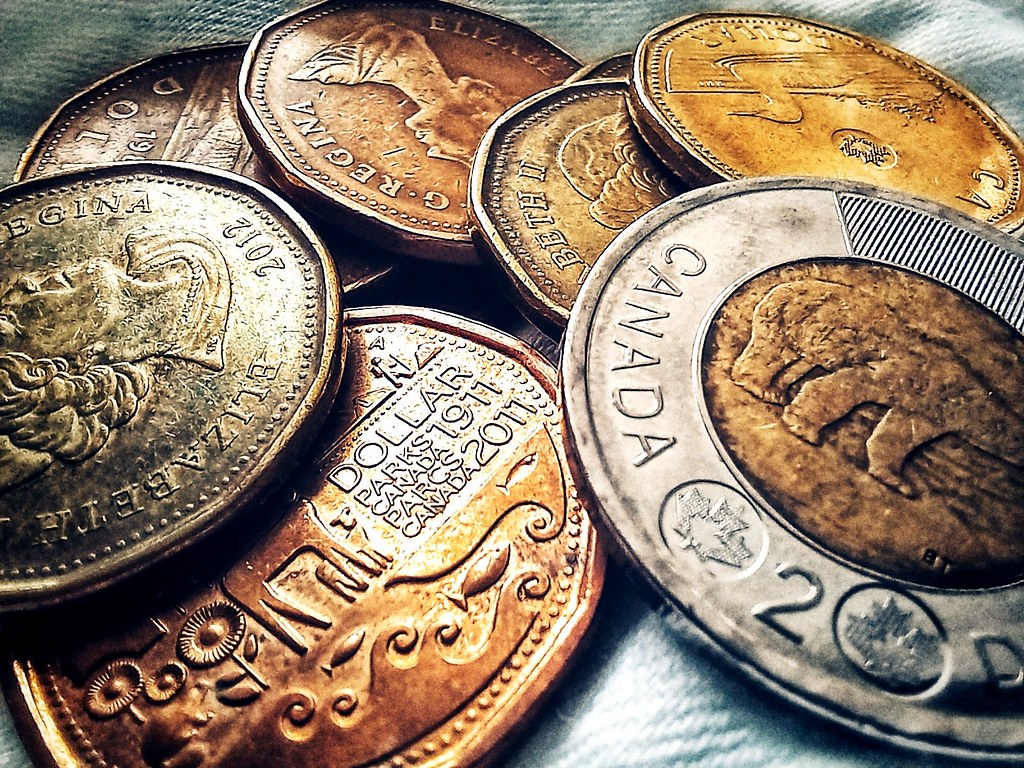When you think of coins, you might picture them with traditional names like penny, nickels, dimes, and quarters. But in Canada, they have unique names for their coins that might make you scratch your head. The one-dollar coin is called a “loonie,” and the two-dollar coin is called a “toonie.” Let’s take a closer look at these unusual names and their origin.
Fact: In Canada, the one-dollar coin is called the ‘loonie’ and the two-dollar coin is called the ‘toonie’.
The “loonie” was first introduced in 1987, replacing the one-dollar bill. It gets its name from the familiar loon image on the coin’s reverse side. The loon is a bird commonly found in Canada’s lakes and rivers, making it a fitting choice for the country’s one-dollar coin.

The “toonie” was introduced in 1996 to replace the two-dollar bill. It is named “toonie” because of its combination of “two” and “loonie.” The coin has an image of a polar bear on its reverse side, which was chosen to represent Canada’s northern regions and wildlife.
These unique names have become ingrained in Canadian culture and are often used in everyday conversations. The loonie and toonie are not just coins but part of Canada’s identity and national pride.
Conclusion
Canada’s one-dollar coin, the loonie, and the two-dollar coin, the toonie, are unique names that have become a part of the country’s culture and identity. The loonie’s name comes from the image of a common loon on its reverse side, while the toonie combines “two” and “loonie” and features a polar bear. These coins are more than just currency; they represent Canada’s love for its natural beauty and wildlife.
Source:
- Toonie – Wikipedia